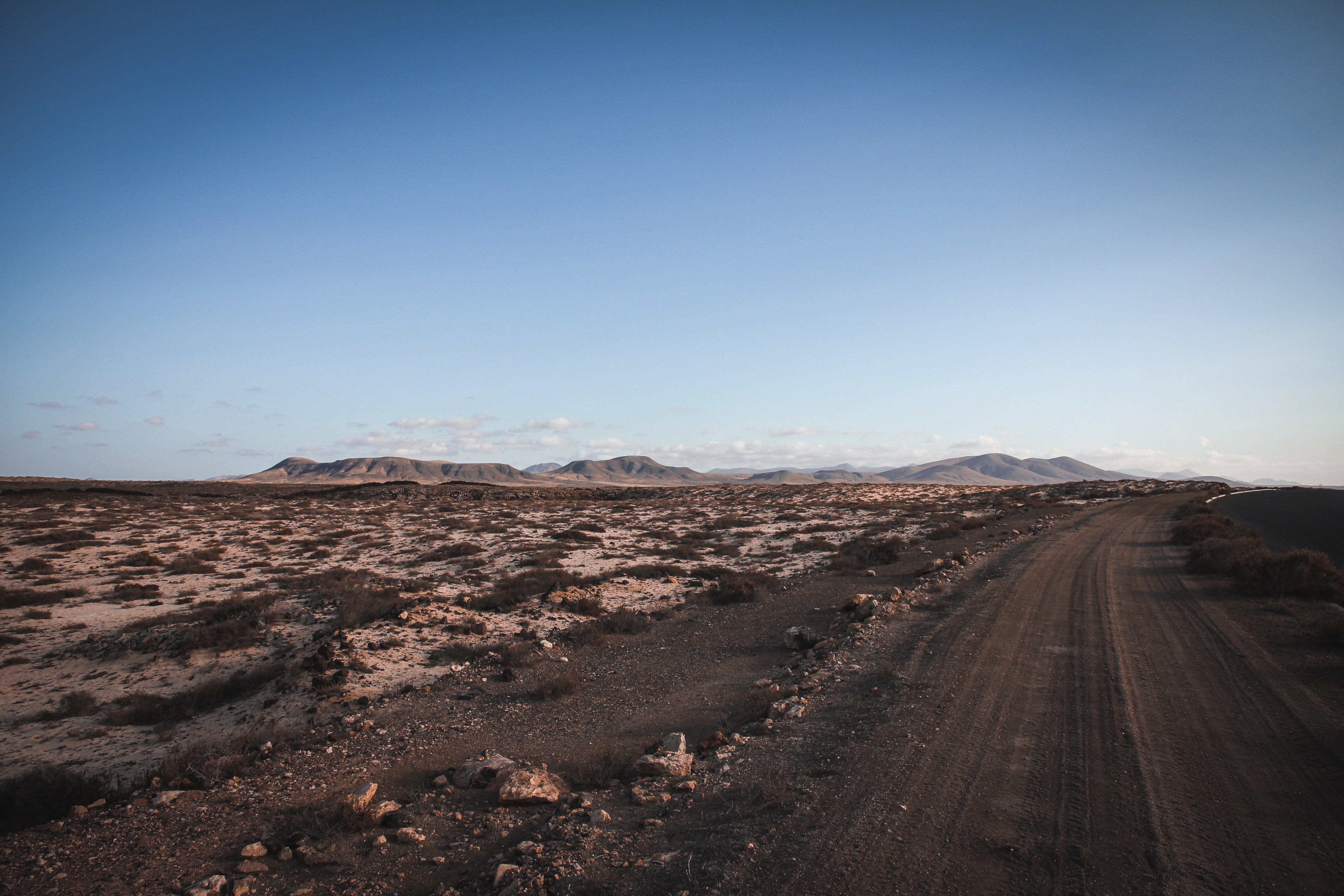California Drought Threatens Farmers
June 22nd, 2021
Drought seems to have become a perpetual state in California, and current exceptionally dry conditions are expected to put additional strain on farmers and ranchers. California is the top agricultural state, with its fertile soil providing excellent growing regions for so many crops – including grapes and berries, lettuce, a wide variety of fruit and nut trees – and is a leading state for dairy farmers.
Drought is certainly not new in California – farmers and ranchers have tried to adjust to uncertain precipitation and longer, hotter dry spells for years – but the more recent periods of drought, from a historical perspective, seem to be longer-lasting and more severe. And many farmers, ranchers, and agribusinesses are finding it more difficult to cope with the effects of the drought within the context of regulations that are meant to align California with environmental standards.
Means of coping with California drought
Farmers are being forced to find ways of supplying their crops and cattle with water throughout the year. One of the solutions farmers have turned to in times of drought is accessing underground water resources through deep wells. This technique has been used for more than a century, but this method highlights the challenge of balancing the needs of farmers with protecting the environment and maintaining the structural integrity of the land. According to state law, the amount of water taken from wells has to match the amount of water returned to the aquafers by 2040.
As farmers dig deeper wells for feeding their crops, they may overuse the available water resources in an area and may

contribute to pollution of more shallow wells and the sinking of the terrain. If their crops don’t receive enough water, billion-dollar statewide losses may result. At the same time, farmers and ranchers must comply with environmental regulations that are meant to protect the state’s water resources, the wildlife depending on it, and communities that rely on water from local and distant supplies.
Future of Farming in California
Many farmers have changed their approach entirely – shifting to crops that need less water to thrive, planting fewer acres while trying to harvest more from each acre, enhancing water-saving techniques, and other tactics. It can be a real challenge to change the specific nature of your business, especially for farms and ranches steeped in decades of family tradition on their land.
Unfortunately, other farmers and ranchers have closed their farms, considered relocating, selling property or evolving to other uses for their land. In some areas of the state, farm and ranch land is being sold to build housing, factories, warehouses and business parks.
It seems clear that more drastic measures may have to be taken in terms of sustainable farming, specializing in more drought-resistant crops, fighting water waste and monitoring the over-extraction of underground water.
While some Californians blame environmental measures for contributing to the magnitude of the drought’s negative impact on the state’s agriculture, a sustainable approach may help ensure a future for California farming and ranching.
Do You Need Financing for California Land?
Community West Bank can fulfill the financing needs of farmers and ranchers, offering Farmer Mac loans to those who want to buy or refinance farm or ranch land or kick-start their agricultural business.
For information about available funding for land acquisitions, refinancing, or other lending options for agricultural projects, please contact us to get started.